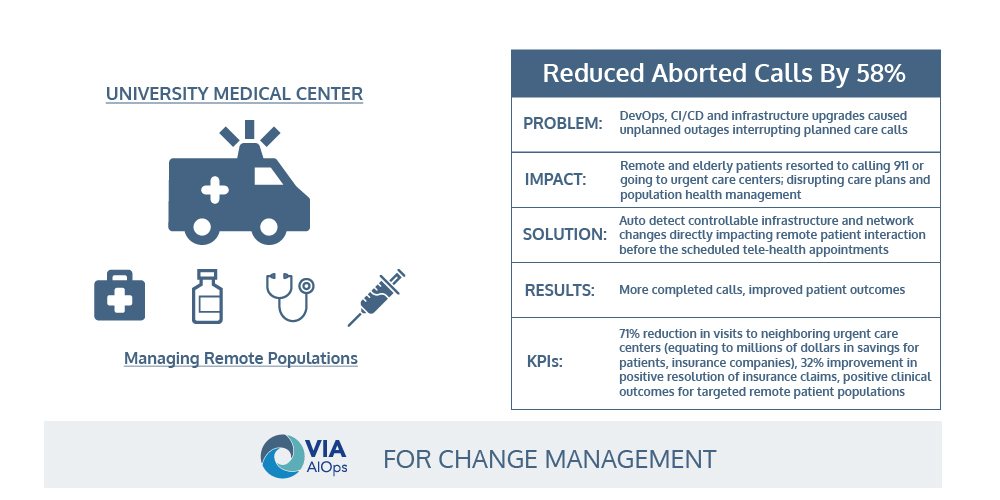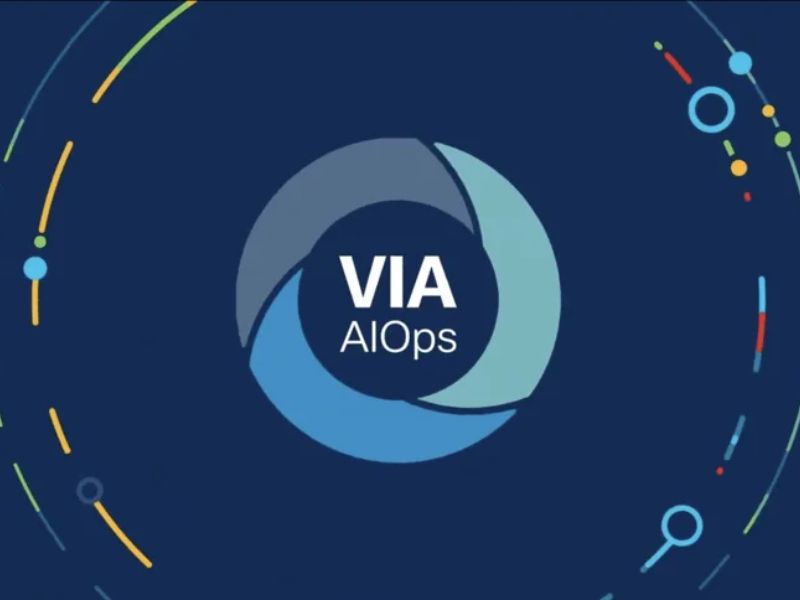...
Healthcare Providers
Discover the Cure for Resilient Deployment of TeleHealth Platforms
The demand for healthcare in many cities is exceeding the limitations of brick and mortar hospitals, emergency rooms and clinics. Anxious patients have expectations for healthcare providers that simply can’t be met by the traditional standard of care.
Clinicians at all levels need frequent communication with patients to maintain wellness and reduce emergency care. Patients waiting one more day, one more hour can have life-threatening consequences.
LEARN MORE
New technology is transforming traditional healthcare from how illnesses are diagnosed to monitoring vital indicators of wellness. Tele-health, telemedicine platforms and hospitals at home are now available to growing populations thanks to agile networks, advanced security protocols and complex delivery systems. So, it’s easy to understand why it’s a bad day when a patient, dependent on a remote clinician, remains out of touch – beyond the reach of technology-enhanced patient care.
Large medical centers, specialty clinics, and urgent care centers understand the importance of reliable and predictable availability of services. More important than a ‘thumbs up’ on social media, these providers and their patients depend on an ‘always on’ relationship with patients and subscribers.
Challenge: Affordable Population Health Management
Care providers are spending more time and money understanding populations with predictable and chronic conditions. These populations can be managed with consistent care. Unfortunately, interactions with these populations is challenging. Location, economic or other social conditions create a care gap. Tele-health platforms are effective in closing the gap.
Digital transformation is improving timely access to care. Increased reliance on digital services can be challenging to the Operations team keeping service healthy.
Inconsistent service interrupts or delays communication between the clinician and subscriber. These interruptions put care at risk. Patients abandon the platform and set out to urgent care centers or ER waiting rooms. This increases the cost of providing the care and delays access to care the patient requires.
Operations needs the ability to predict and prevent service interruptions:
- Avoiding trips to urgent care centers and hospital ER rooms protects the vulnerable patient from exposure to infection.
- Managing care using remote platforms increases effective utilization of staff.
- Providing routine care to patients with chronic conditions reduces insurance costs and out of pocket expenses for the patient.
What’s the prescription for providing healthy digital services for clinicians and patients?
- Discover dependencies with total ecosystem observability
- Correlate third party events, incidents and change tickets
- Monitor for and detect customer experience impact
- Automate response with early problem detection resulting from change
VIA AIOps PREVENTS SERVICE INTERRUPTIONS RESULTING FROM CHANGE
VIA AIOps – End-to-End Service Assurance
- Built on an open core foundation – scales to billions of analyzed data points
- Observability across service layers supporting fault, performance and change management
- Uncovers the how and why of system behavior to enable active response
- Advanced anomaly detection with continuous learning delivers faster detection




Considering an AIOps Application?
Check out this comprehensive market guide for AIOps applications to help you identify your company’s needs and evaluate AIOps solutions to find the best fit.
Resources
2023 is a Tough Year for Investing… And Yet the 5G Show Must Go On
...
Demo Overview: Vitria VIA AIOps for Cisco Network Automation
...
Out of the Box Algorithms – VIA AIOps
...
The Noise Reduction Difference – VIA AIOps
...
Improve Fault Management with the Performance Management Capabilities of VIA AIOps
...









